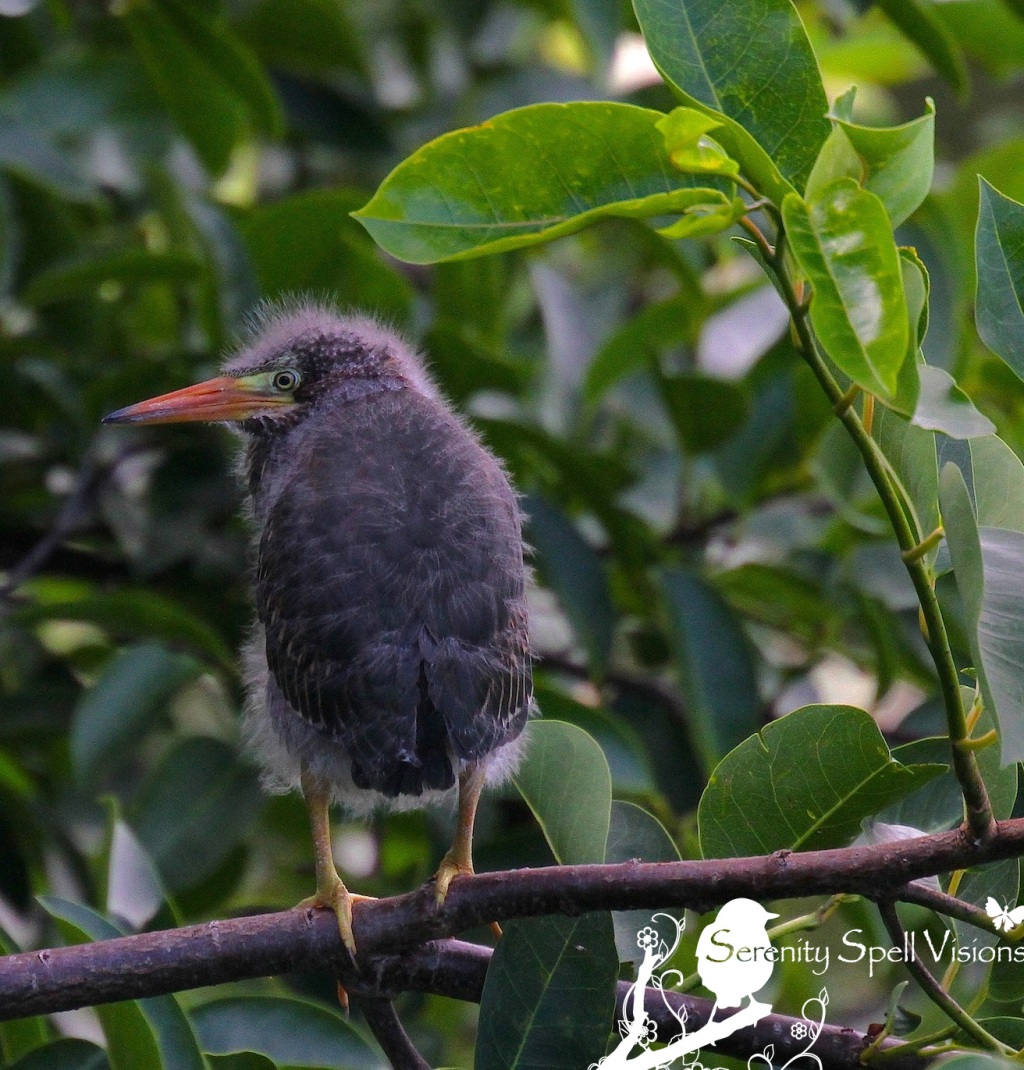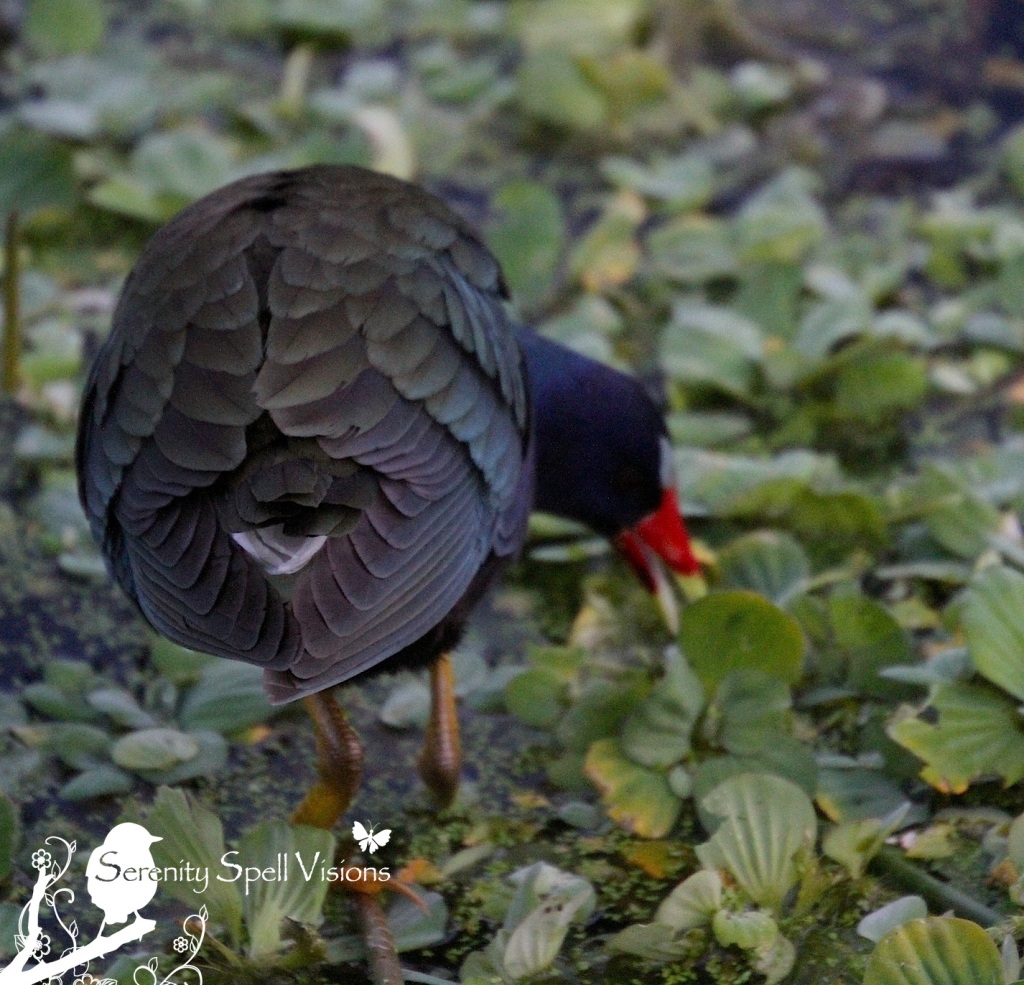Preserving our Future: World Wetlands Day 2015
 A million HELLOS to the blogging community!
A million HELLOS to the blogging community!
And happy early World Wetlands Day! It’s hard not to be passionate about the celebration of such an event, since all of what you see here — the unique landscapes and its wonderful critters — are dependent on wetland ecosystems. Officially February 2, World Wetlands Day is an international celebration of the planet’s marshes, swamps, and bogs. It marks the anniversary of the signing of the Convention on Wetlands, called the Ramsar Convention, on February 2, 1971 in the Iranian city of Ramsar. World Wetlands Day was first celebrated in 1997, and since then government agencies, non-governmental organizations, and citizens all over the world have aimed to raise public awareness of the critical value and intrinsic benefits of wetland ecosystems.
 Despite the growing awareness of this unique ecosystem, there are sobering threats facing the survival of our wetlands:
Despite the growing awareness of this unique ecosystem, there are sobering threats facing the survival of our wetlands:
- A 2011 federal study estimated the U.S. lost 62,300 acres of wetlands between 2004-2009 — a loss rate 140% higher than from 1998-2004
- Wetland habitat has now been cut within the contiguous U.S. to 110 million acres…. And those surviving wetlands face dangers like hypoxia due to water pollution and invasive species. Pythons and melaleuca in the Everglades (among a host of other destructive non-native species), and nutria in New Orleans continue to ravage the structure of this ecosystem
- Wetlands are extremely sensitive, and are counted as one of the most vulnerable ecosystems subject to climate change
- Wetlands residents have suffered terribly due to increased habitat loss
From the Ramsar website:
 THE FUTURE OF HUMANITY DEPENDS ON WETLANDS
THE FUTURE OF HUMANITY DEPENDS ON WETLANDS
They purify and replenish our water, and provide the fish and rice that feed billions. Wetlands act as a natural sponge against flooding and drought, and protect our coastlines. They burst with biodiversity, and are a vital means of storing carbon. Unfortunately, these benefits are not widely known. Often viewed as wasteland, 64% of our wetlands have disappeared since 1900.
Help us turn the tide on the loss and degradation of our wetlands. Join us for World Wetlands Day 2015 – and beyond! Here’s how you can get involved: #WorldWetlandsDay #WetlandsForOurFuture
There’s much that can be done to restore and protect this vital habitat — check out your local resources, visit your neighboring natural areas, and above else, LOVE YOUR WETLANDS and their amazing inhabitants!
For more information and wonderful educational and marketing materials, visit World Wetlands Day 2015, and on Facebook: RamsarConventionOnWetlands





















